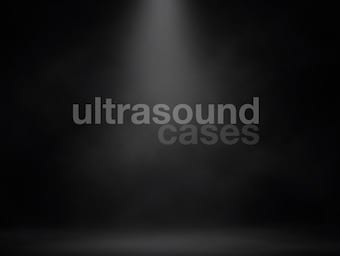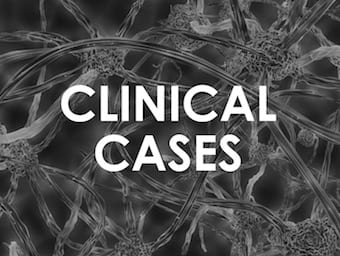
Abdominal aortic aneurysm (AAA)
Abdominal Aortic Aneurysm (AAA) is a permanent localised or diffuse dilatation of the abdominal aorta to 1.5 times its normal diameter that involving all three layers of the vessel wall

Abdominal Aortic Aneurysm (AAA) is a permanent localised or diffuse dilatation of the abdominal aorta to 1.5 times its normal diameter that involving all three layers of the vessel wall

Detecting Myocardial Ischaemia Post AAA Repair

OVERVIEW CAUSES MANAGEMENT Resuscitation A – assess for patency and positionB – give FiO2 1.0, check ABGC – check pulses and BP manually, check accuracy of arterial line measurementD – ensure patient adequately sedation and analgesia -> use propofol and…

Vascular Surgery Literature Summaries

An 80 year old woman arrests in your department. She had presented an hour earlier with back pain. You start to prepare for a subcostal view of the heart and this is what you see.

A 71 year old man presents with severe back pain and hypotension. You suspect abdominal aortic aneurysm (AAA).

A 68 year old man is brought in by ambulance with severe lower back and lower limb pain and paralysis. Clinically he has lower limb ischaemia and you wonder about aortic dissection as the cause.

84 year old chap with ?renal colic deteriorates. On review you find his pain has worsened and he is pale, sweaty and hypotensive. Is this a vagal response to pain, a reaction to his analgesia or something else? You scan his aorta.

A 78 year old woman has a pulsatile mass in her mid abdomen. You wonder whether it is an abdominal aortic aneurysm.

Consider a 65 year-old male presenting with right-sided flank pain radiating to the groin. The following CT scan was taken to confirm a presumed diagnosis of renal colic: